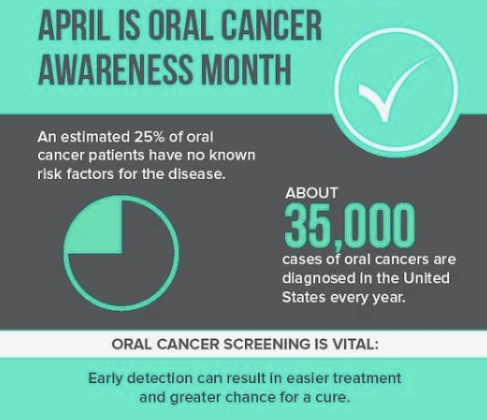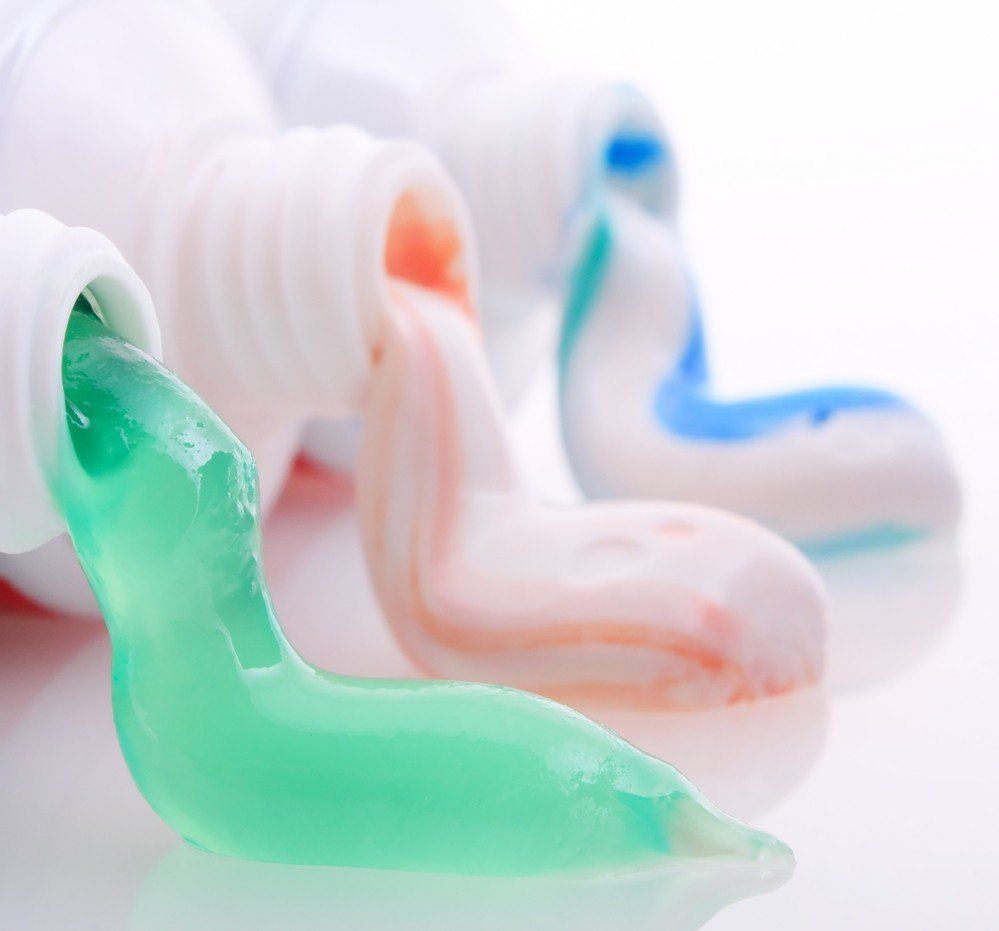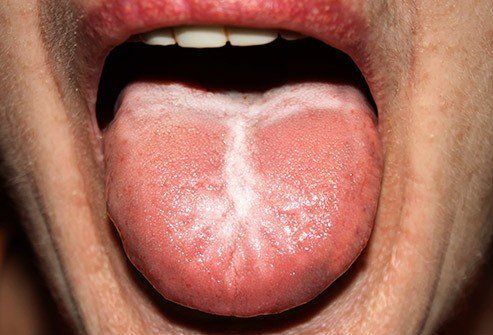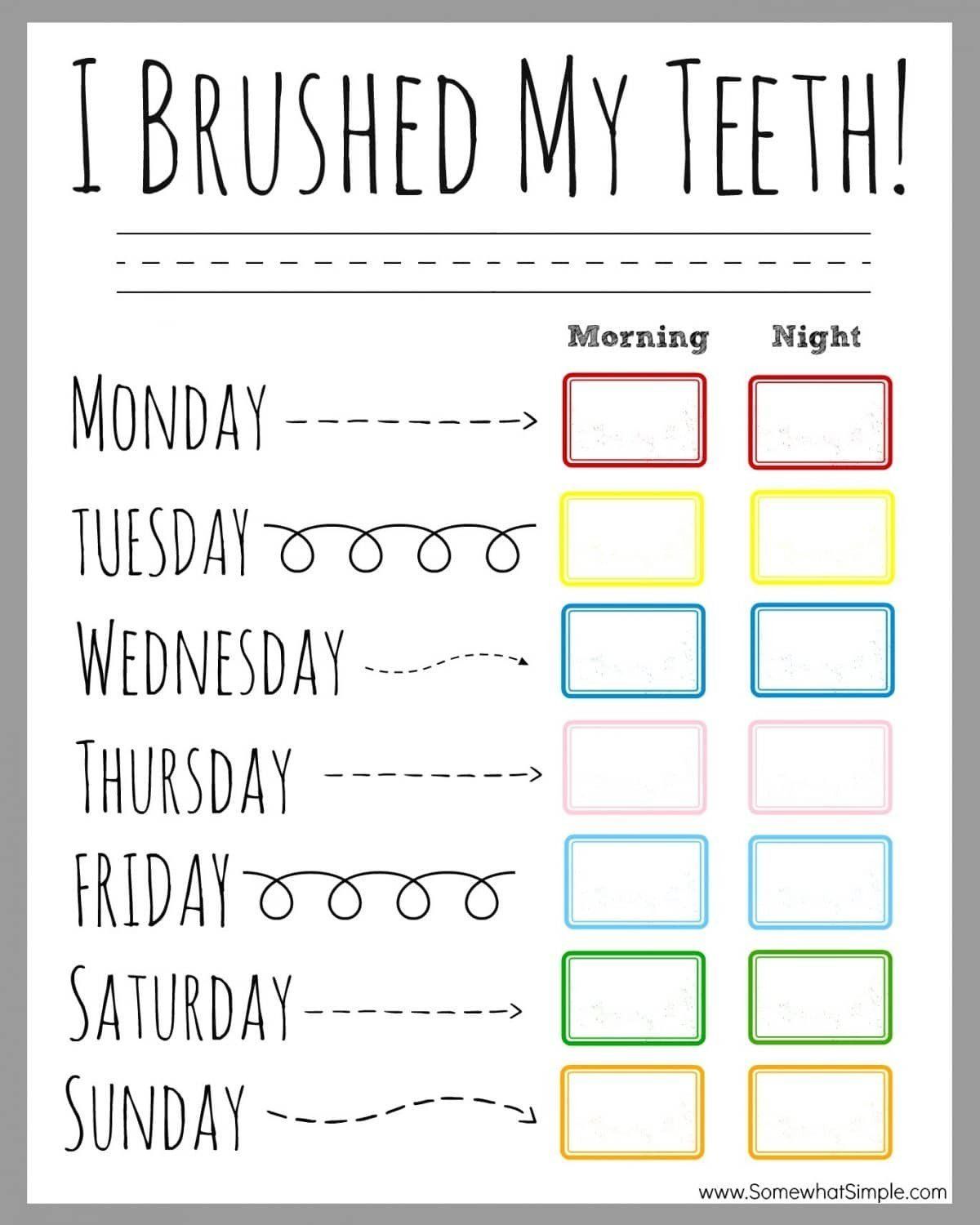Post Title
- By Joel Snyder
- •
- 13 Sep, 2016
- •
A Healthy Mouth for Your Baby
Healthy teeth are important—even baby teeth. Children need healthy teeth to help them chew and to speak clearly. And baby teeth hold space for adult teeth. This
booklet can help you keep your baby’s mouth healthy and give him a healthy start!
Ann talks with Maria
Ann and her friend Maria were watching Maria’s children play.
“What are you doing?” asked Ann.
“I’m cleaning my baby’s teeth,” said Maria.
“But your baby hardly has any teeth!” said Ann.
“Yes, but the dentist said there are things I can do to keep my baby from getting cavities,” said Maria.
“But don’t baby teeth just fall out?” asked Ann.
“Yes, but before they fall out baby teeth can decay and cause pain for the baby. And baby teeth are important—they hold space for adult teeth,” said Maria.
“What else did the dentist say?” asked Ann.
“She told me that fluoride protects teeth. She also said to feed my baby healthy foods and not to put my baby to bed with a bottle,” said Maria.
“When do you have to start taking care of a baby’s teeth?” asked Ann.
“As soon as they come in. Teeth can start to decay as soon as they appear in the mouth,” said Maria.
“I’ll have to start thinking of those things soon!” said Ann.
Protect your baby’s teeth with fluoride.
Fluoride (said like floor-eyed) protects teeth from tooth decay.
It can even heal early decay.
Fluoride is in the drinking water of many towns and cities.
Ask a dentist or doctor if your water has fluoride in it. If it doesn’t, ask about other kinds of fluoride (such as fluoride varnish or drops) that can help keep your baby’s teeth healthy.
Check and clean your baby’s teeth.
CHECK your baby’s teeth.
Healthy teeth should be all one color. If you see spots or stains on the teeth, take your baby to a dentist.
CLEAN your baby’s teeth.
Clean them as soon as they come in with a clean, soft cloth or a baby’s toothbrush. Clean the teeth at least once a day. It’s best to clean them right before bedtime.
At about age 2 (or sooner if a dentist or doctor suggests it) you should start putting fluoride toothpaste on your child’s toothbrush. Use only a pea-sized drop of toothpaste
about as big as this—
Young children cannot get their teeth clean by themselves. Until they are 7 or 8 years old, you will need to help them brush. Try brushing their teeth first and then letting them finish.
Feed your baby healthy food.
Choose foods without a lot of sugar in them.
Give your child fruits and vegetables for snacks.
Save cookies and other treats for special occasions.
Don’t put your baby to bed with a bottle.
Milk, formula, juice, and other drinks such as soda all have sugar in them. If sugary liquids stay on your baby’s teeth too long, it can lead to tooth decay. (And decayed teeth can cause pain for your baby.)
What’s one of the most important things you can do to keep your baby from getting cavities?
Avoid putting him to bed with a bottle—at night or at nap time.
(If you do put your baby to bed with a bottle, fill it only with water.)
Here are some other things you can do:
- Between feedings, don’t give your baby a bottle or sippy cup filled
with sweet drinks to carry around. - Near his first birthday, teach your child to drink from an open cup.
- If your baby uses a pacifier, don’t dip it in anything sweet like sugar
or honey.
Take your child to the dentist.
Your child should have a dental visit by his first birthday.
At this visit, the dentist will:
- Check your child’s teeth.
- Show you the best way to clean your child’s teeth.
- Talk to you about other things such as a healthy diet and fluoride that can keep your child’s mouth healthy.
Article Posted On: http://www.nidcr.nih.gov/OralHealth/Topics/ToothDecay/AHealthyMouthforYourBaby.htm

Contact us!
https://www.fabuloussmilesdental.com/contact

ADA Approval
First, make sure you choose a product approved by the American Dental Association and displaying the seal on its packaging. There are plenty of fluoride-free, organic, and all natural options tested by the ADA for both safety and effectiveness at keeping the teeth clean. Products without these seals have not necessarily been tested for their claims and quality, so you’re gambling with the health of your mouth by using them.
Focus on Needs
Consider what your teeth need the most to choose a toothpaste with the right extras. Whitening toothpaste can’t always replace professional whitening from a dentist, but it does work to prevent surface stains that cause your white smile to lose its brightness after treatment. Most toothpastes tend to target one of more of the following conditions or needs:
- Sensitivity, in the gums and teeth, from mild to severe pain
- Fluoride products are essential for kids, adults who don’t get enough of it in their diet, and people with diabetes and many other conditions
- Anti-cavity, which most products cover but which should always be checked
- Anti-gingivitis, ranging from over the counter to prescription products for healthier gums.
Watch Out!
There are a few products you don’t want to use on your teeth, and they’re often sold as cosmetic products rather than medically tested toothpaste. Any whitening toothpaste with a very abrasive ingredient, ranging from natural walnut shell to plastic microbeads, can leave your teeth with enamel damage that is permanent and hard to treat. Activated charcoal powders can also discolor teeth along with eroding your enamel. Look for toothpaste products that reinforce enamel rather than damaging it.
Picking a Toothbrush
Of course, the toothpaste still needs to be applied to the teeth with the right tools to effectively protect you from cavities and gum disease. The wrong toothbrush can damage your enamel, scratch your gums, or fail to remove trapped food from between your molars. Only use soft bristled brushes unless given advice from your dentist to the contrary. For most people, stiff bristles are too hard for their gums. The tip of each bristle should be rounded and not pointed or square so that food debris and tartar comes loose with each sweep. Replace your brush every three months even if it still looks new and fresh since bacteria can build up over time.
Need more advice about what to do to take care of your teeth? Make an appointment with your dentist for a routine cleaning or a timely inspection. You can discuss your concerns without feeling rushed and determine if your current oral health practices are sufficient for keeping your smile bright, healthy, and strong.

Creamy white spots could be thrush, a fungal infection (shown below). It often happens after an illness or medications throw off the balance of bacteria in your mouth. White patches that look lacy could be lichen planus, which means your immune system is attacking the tissues in your mouth. If you see hard, flat, white areas that can’t be scraped away, it could be leukoplakia, which is linked to cancer. Let your dentist know about any white patches you see.


